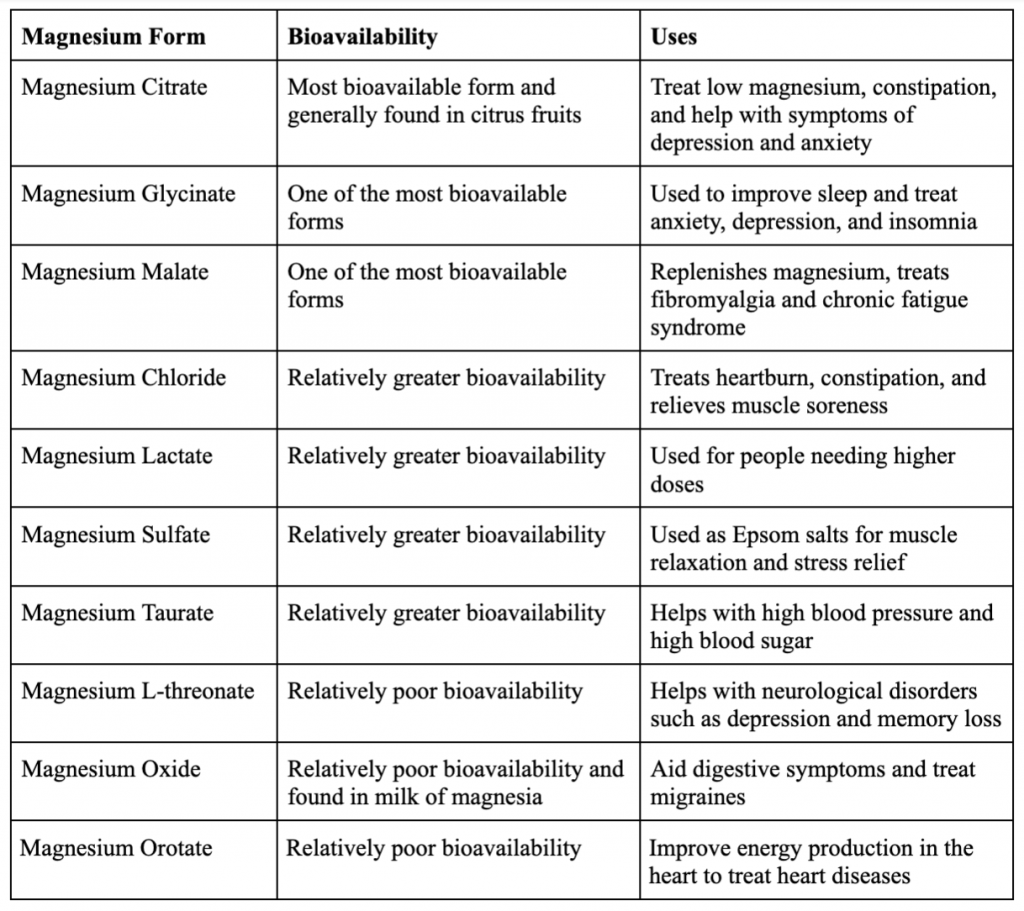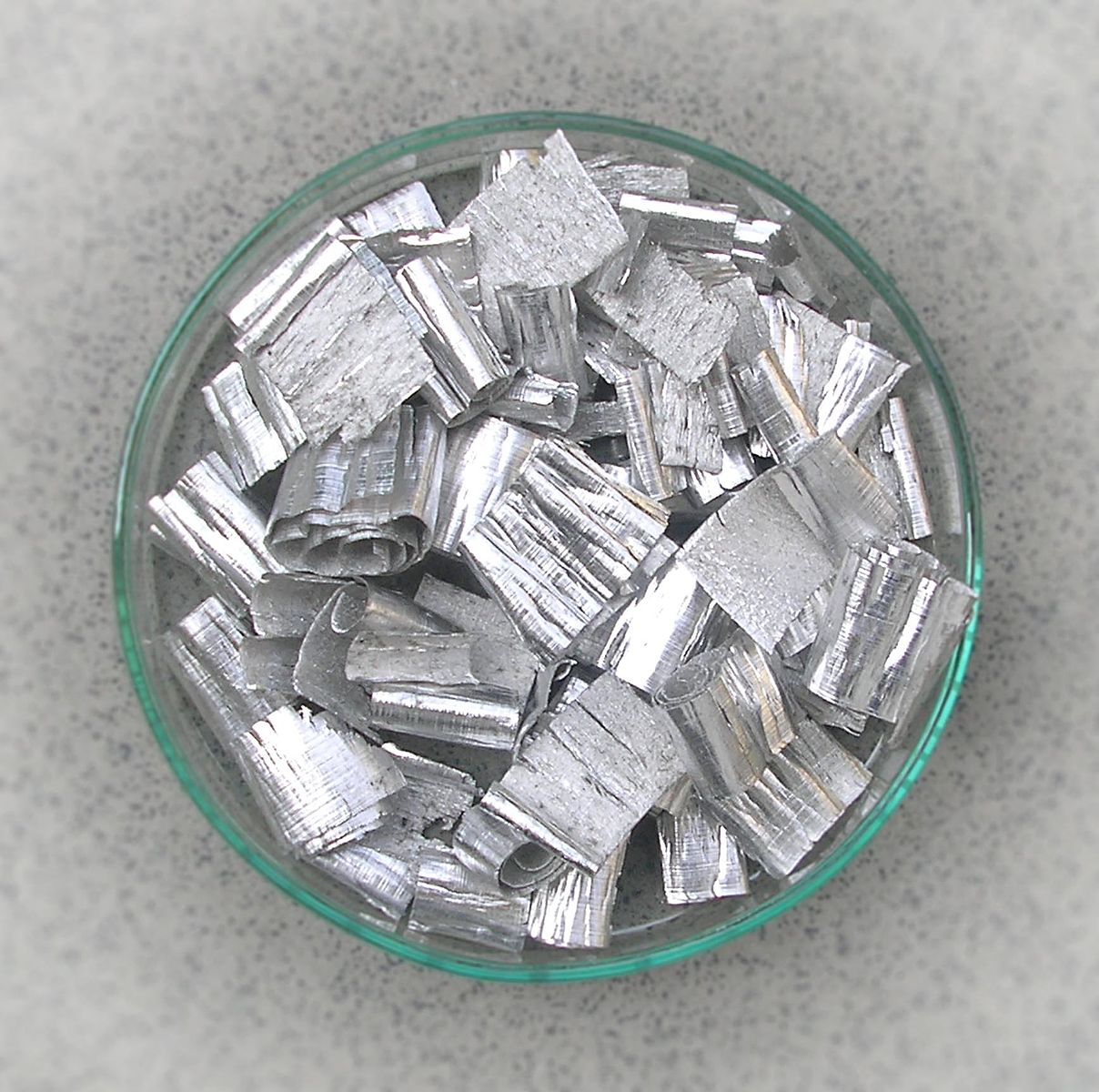In The Electrain Series, the second supplement is Magnesium (Mg2+). The term “magnesium” originates from Magnesia, a district in Greece. Chemist Joseph Black unearthed magnesium as an element in 1755. Although magnesium is the seventh most abundant element on Earth, it is not found freely in nature due to its high reactivity, resulting in its association with other nonmetals. Typically, it is extracted from other minerals or seawater.
Role

Magnesium plays a vital role in producing adenosine triphosphate (ATP) in the mitochondria, with MgADP serving as the substrate for ATP synthase. The final step of the electron transport chain necessitates Mg2+ for ATP formation. Mg2+ shares a comparable function with CoQ10, maintaining cellular ATP production and inhibiting the production of reactive oxidative species (ROS).
Mitochondrial Mg2+ governs coupled reactions within the mitochondria, including the electron transport chain, where energy transformation occurs. These coupled reactions play a crucial role in safeguarding the cell from degeneration and averting various neurodegenerative disorders and cancers. Interestingly, Epsom salts, first identified in Epsom, England, had an initial application in treating scratches and rashes on the skin, offering a fascinating historical perspective.
Throughout the cellular respiration process, magnesium (Mg2+) plays a crucial role by modifying ion channels, including voltage-dependent Ca2+ channels and K+ channels. Furthermore, it activates pyruvate dehydrogenase in mitochondria, converting pyruvate to acetyl CoA, a pivotal step for cellular respiration and the citric acid cycle. Mg2+ enhances the activity of three essential mitochondrial dehydrogenases involved in ATP production. Additionally, Mg2+ decreases Ca2+ levels in the mitochondrial matrix, influencing ATP production. Serving as a cofactor in over 300 enzymatic reactions, the Institute of Medicine recommends 310–360 mg for adult women and 400–420 mg for adult men.
Magnesium Forms Chart

Sources
https://www.pnas.org/content/111/43/E4560
https://www.sciencedirect.com/science/article/pii/S0261561418324269


